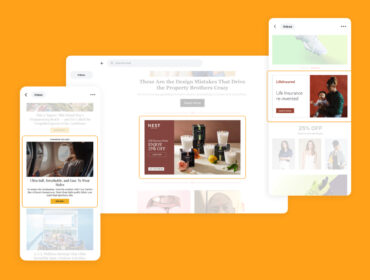Retargeting and addressability in the new privacy-first programmatic landscape
What do apples and cookies have in common? For most, the answer might be that they’re both deliciously sweet snacks. But for digital marketers, the answer is more likely to be “a massive headache.”
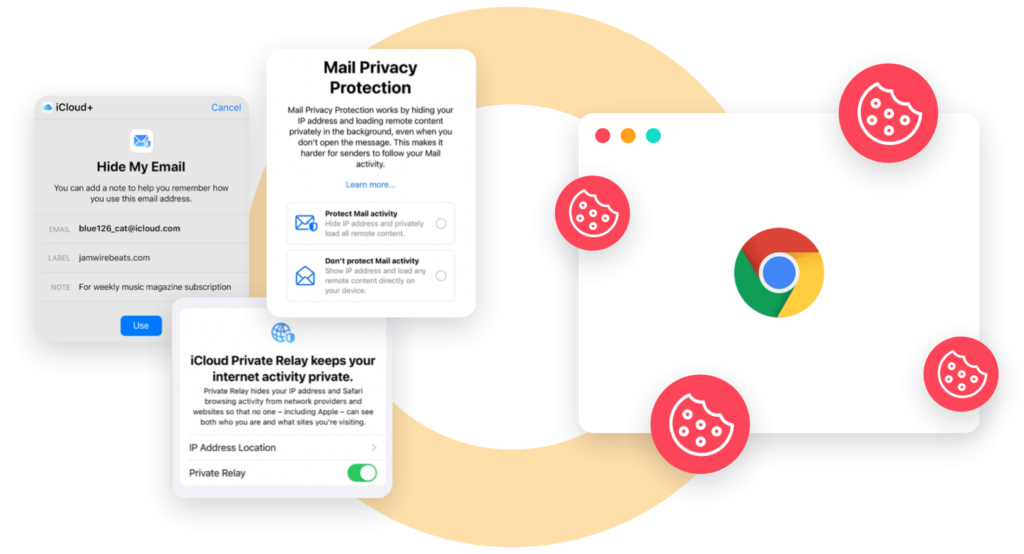
Consumer data and privacy has become a major topic of conversation and concern for companies across industries over the last decade. This has driven tech giants, like Apple and Google, to take action to deprecate third-party cookies and implement features in their tech that obfuscate user data and activity in the name of consumer privacy. In the last few years alone, Apple has rolled out ITP (Intelligent Tracking Prevention) in Safari, ATT (App Tracking Transparency), and MPP (Mail Privacy Protection). Within the same time frame, Google has worked to invalidate third-party cookies in Chrome by 2023.
The new programmatic landscape
Unless you’ve been napping through the last couple of years (and one couldn’t blame you if you had), you know that these changes are redefining the programmatic landscape as we know it. Let’s take a closer look at how:
Targeting:
- Without third-party cookies available on the world’s most prominent browsers, advertisers will have difficulty retargeting website visitors across the open web with relevant ad experiences.
- Apple’s MPP brings new limitations to targeting. With MPP, marketers are unable to detect device type, which disables device targeting. Furthermore, MPP obfuscates a user’s precise location, but cities and states are still on the table if the user chooses to share an approximate or broad location.
Frequency capping:
- Marketers have used third-party cookies to limit or cap the number of impressions served to their audiences over a period of time to help improve the ad experience (albeit this hasn’t necessarily proved exact) for years. Without third-party cookies, marketers will have a more challenging time placing frequency caps on their ad campaigns.
Measurement and attribution:
- You can’t measure what you can’t track. Third-party cookies have enabled marketers to measure the impact of their advertising campaigns (although it’s not always precise). Without third-party cookies, advertisers must seek solutions that can help them tie ad campaign data from their advertising platform to their first-party data to measure the impact their advertising has on their bottom lines.
- Unfortunately, Apple’s MPP has changed the way email engagement metrics are reported. Reporting with MPP now indicates falsely inflated email impressions, creating the perception of a decrease in CTR and CPM and an increase in post-view conversions. While these changes will inflate impressions on Apple devices, you can still accurately measure when a consumer clicks on your ad, visits your website or mobile app, and converts.
Although these changes sound daunting, don’t go tossing your cookies over any of them! There are solutions in place today that can help you navigate these changes and allow you to target and engage your audiences with relevant content and measure the impact of your campaigns on your bottom line. Those alternatives sit with first-party data.
First-party data & the email hash
First-party data anchored around an email address provides marketers with the opportunity to leverage what they know about their customers to inform their marketing. Combining that insight with the identity solutions of partners like LiveIntent enables marketers to leverage their first-party data to identify and target audiences with a stable identifier: the nonID.
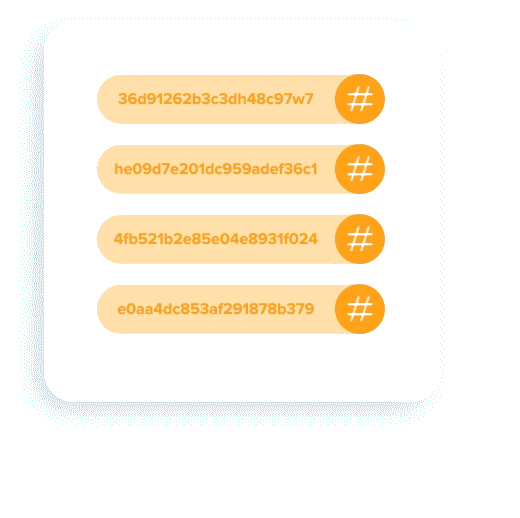
With the nonID, LiveIntent helps advertisers and publishers securely bridge their data to the ecosystem, making it actionable. The nonID uses an encrypted email hash to refer to shared digital customers, solving the challenges with targeting, frequency capping impressions, and attributing consumer engagement to investments across advertising channels.
Now, marketers with a robust customer database of email addresses tied to offline and online consumer attributes can leverage that data today and in a cookieless future to engage their target audiences. However, marketers with a modest database, or without one at all, should consider prioritizing how they’ll build their first-party data footprint before the deprecation of the third-party cookie. Doing this today will ensure that they have targeting alternatives in a world after third-party cookies.
Addressability is the new programmatic standard
Whether or not you’re already using first-party audiences for targeting, LiveIntent has solutions that can help you reach and engage your audiences without third-party cookies. LiveIntent provides advertisers with access to more than 200 million unique logged-in readers subscribed to newsletters produced by more than 2000 premium publishers. With our various audience targeting solutions, marketers can reach both prospective and existing customers. Here’s how.
Custom Audiences
Custom Audiences enable you to leverage email lists to suppress or target your known customers and prospects. Custom Audiences have a variety of use cases. You can use them to target your existing customers with an ad for a new product, for example. They are also helpful if you’re looking to suppress current customers in order to reach entirely new ones. This approach is best if you already have an email list to work with.
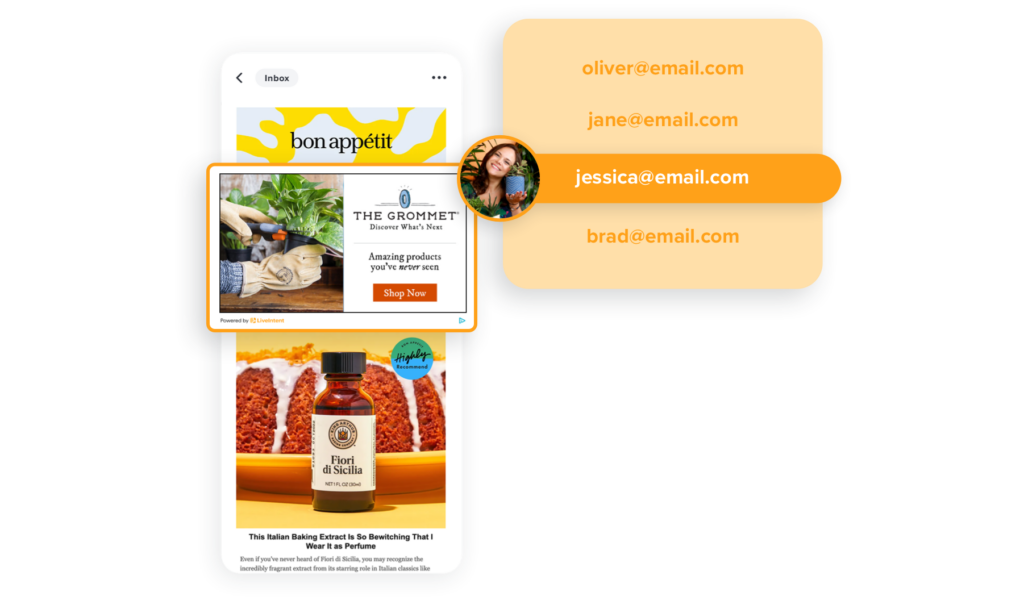
Dynamic Audiences
Use website engagement, like page visits or liked products, to design your retargeting strategies. With LiveIntent’s Dynamic Audiences, you can use this data to create specific audience segments and retarget them across our network of newsletter publishers. This approach doesn’t require third-party cookies and is suitable for marketers already leveraging the LiveConnect tag to measure and optimize ad campaigns.
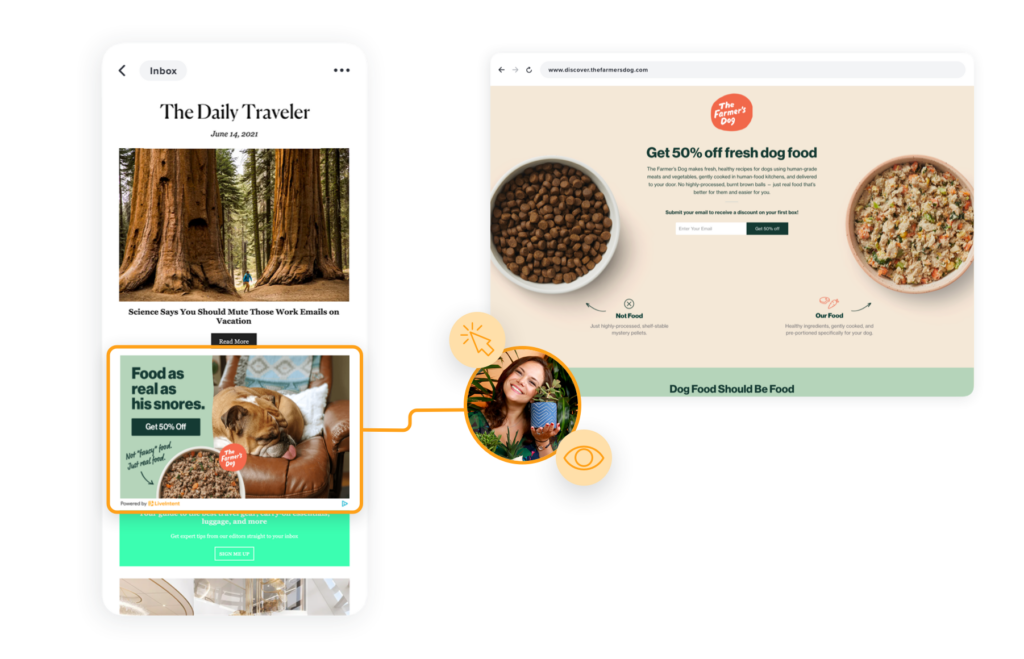
Lookalike Audiences
Lookalike Audiences help identify and target audiences who resemble your best customers. With Lookalike Audiences, you can create segment of customers with high lifetime value, for example, and use them as a seed audience to target newsletter subscribers across our network with similar profiles. Don’t have a clear definition of who your high-value customers are? No big deal. You can also create an audience by leveraging those customers who converted from a previous campaign. Regardless of how you approach creating audience segments, Lookalike Audiences enables you to invest your ad budget on audiences most likely to convert and drive value for your business.
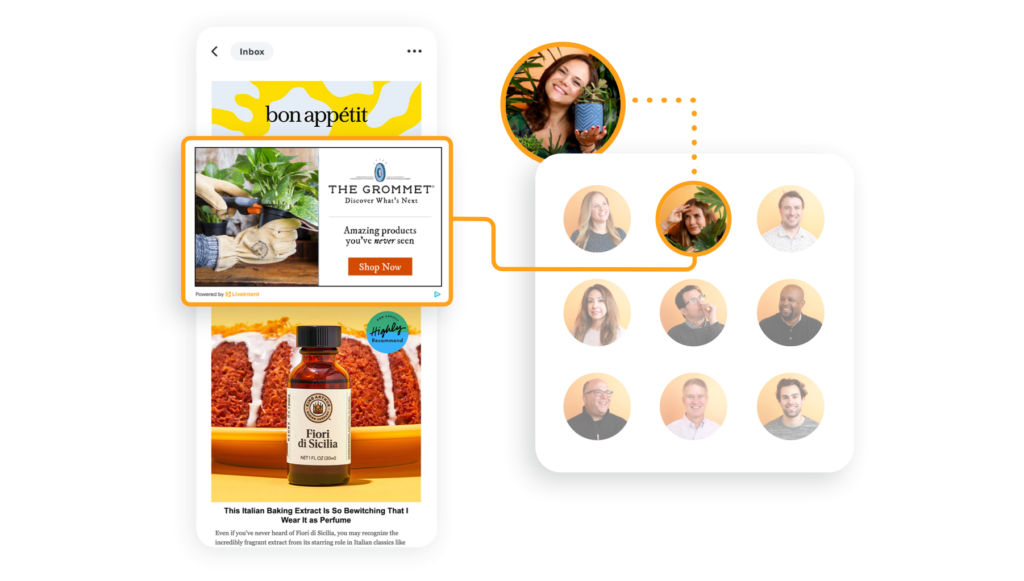
It’s not all sour lemons
Creating and targeting audiences with dependable data points was challenging with the third-party cookies of old. Consumers regularly clear their caches, and cookies automatically expire over time, so building a targeted audience wasn’t without its challenges. However, audiences built on email hashes don’t expire, and they provide greater targeting precision than ever before. With email identifiers like the nonID, you can elevate your retargeting capabilities and digital ad experiences.
As we know, tying offline and online data to a single user is critical to business success as we face Apple’s latest changes and await Chrome’s block of third-party cookies in 2023. So take the time today to ensure you’re capturing customer emails and amassing first-party data. You — and your customers — will be thankful you did.


